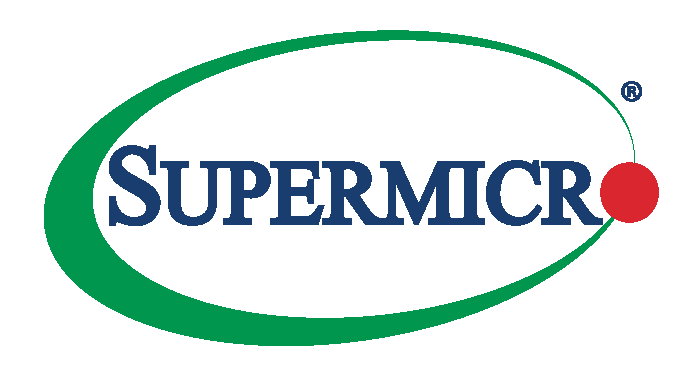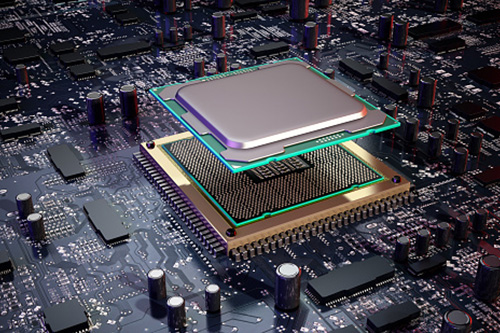When you’re building blockchain-based applications, you typically need a lot of computing and storage horsepower. This is the niche that Belgium-based Eliovp fills. They have developed a line of extremely fast cloud-based servers designed to run demanding blockchain workloads.
Eliovp has been recognized as the top Filecoin storage provider in Europe. This refers to a decentralized blockchain-based protocol that lets anyone rent spare local storage and is a key Web3 component.
To satisfy the compute and storage needs, Eliiovp employs Supermicro’s A+ AS-1124US® and AS-4124GS® servers, running quad-core AMD EPYC™ 7543 and 7313 CPUs and as many as 8 AMD Instinct™ MI100 and MI250 GPUs to further boost performance.
What makes these servers especially potent is that Eliovp rewrote its code to run on this specific AMD Instinct™ GPU family. As a result, Eliovp’s blockchain calculations run up to 35% faster than what it saw on previous generations of its servers.
One of the attractions of the Supermicro servers is the capability to leverage the high-density core count and higher clock speeds as well as the 32 memory slots. And it comes packaged in a relatively small form factor.
“By working with Supermicro, we get new generations of servers with AMD technology earlier in our development cycle, enabling us to bring our products to market faster," said Elio Van Puyvelde, CEO of Eliovp. The company was able to take advantage of new CPU and GPU instructions and memory management to make its code more efficient and effective. Eliovp was also able to reduce overall server power consumption, which is always important in blockchain applications that span dozens of machines.




